Flax Crop Report – 2 September 2016
WEST EUROPEAN COUNTRIES
30 to 40% of the flax have now been gathered but there are significant discrepancies between the areas and the quantity of water they received, which is rather low on a whole. Those flax are not always uniform because of the pouring and the lack of water for the retting.
Below the percentage of gathered flax according to the areas:
Nord Pas-de-Calais : 70 to 80% of flax were gathered. Their retting is acceptable, even if they show some defects in colors.
Somme-Oise : 50 to 60%
Seine Maritime : 35 to 60%
South of Eure, Calvados, Seine-et-Marne and part of Aisne : no more than 10 to 15% because of the lack of water. In those areas there have been only 14 mm of water since they were pulled out and some flax (winter flax included) suffer with the sun.
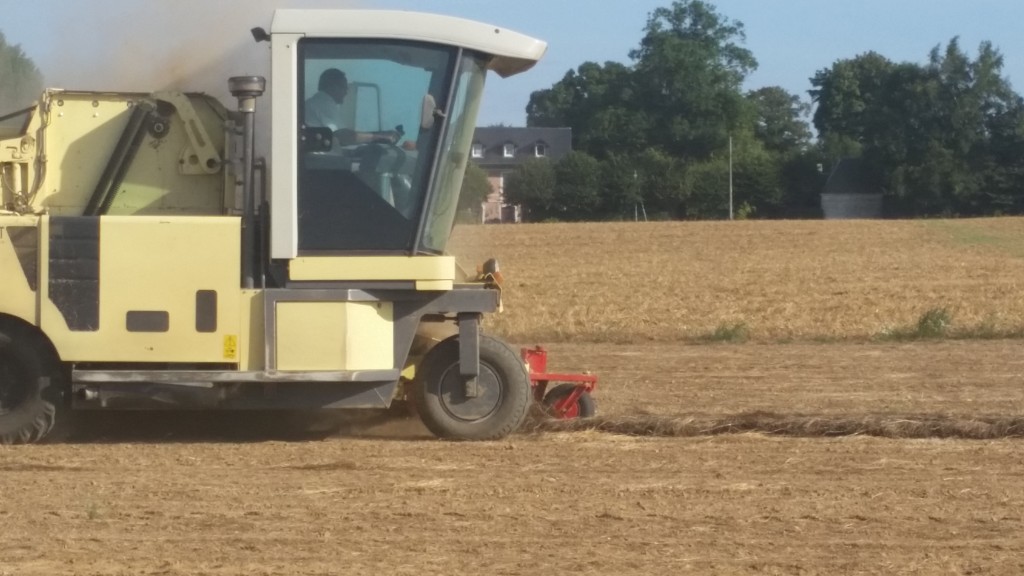
Baling of flax in Seine Maritime
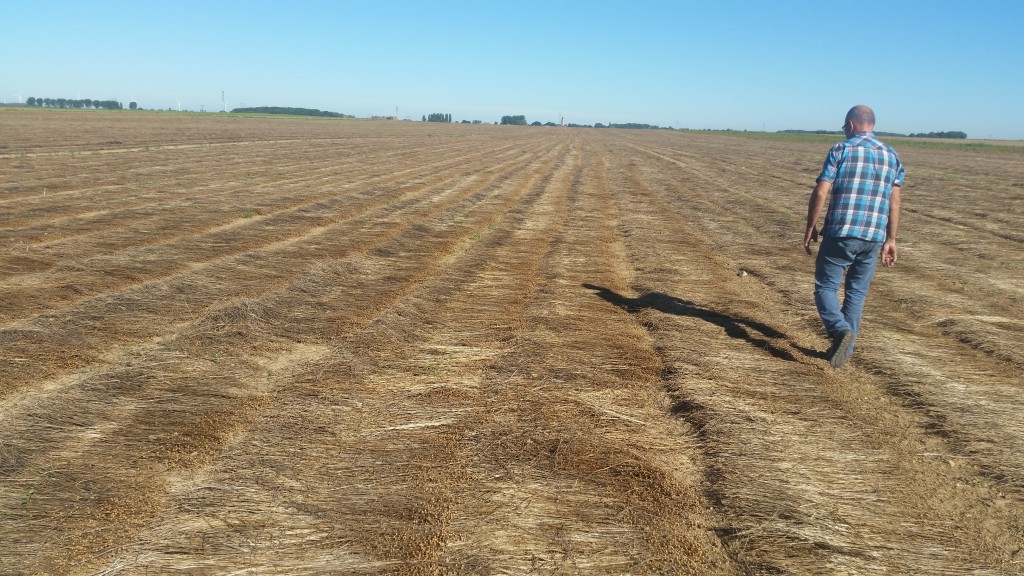
Somme
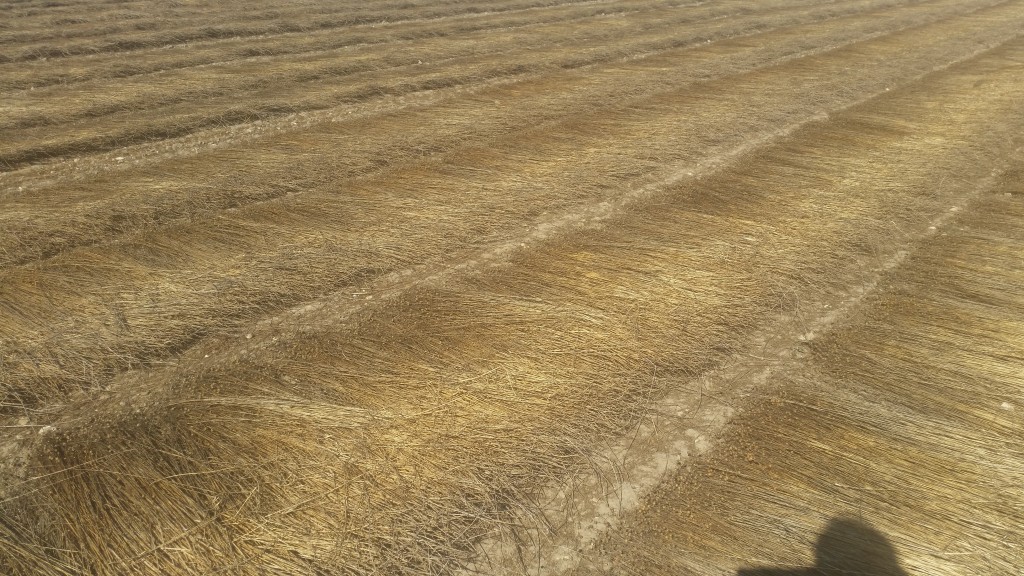
non-retted flax in Eure
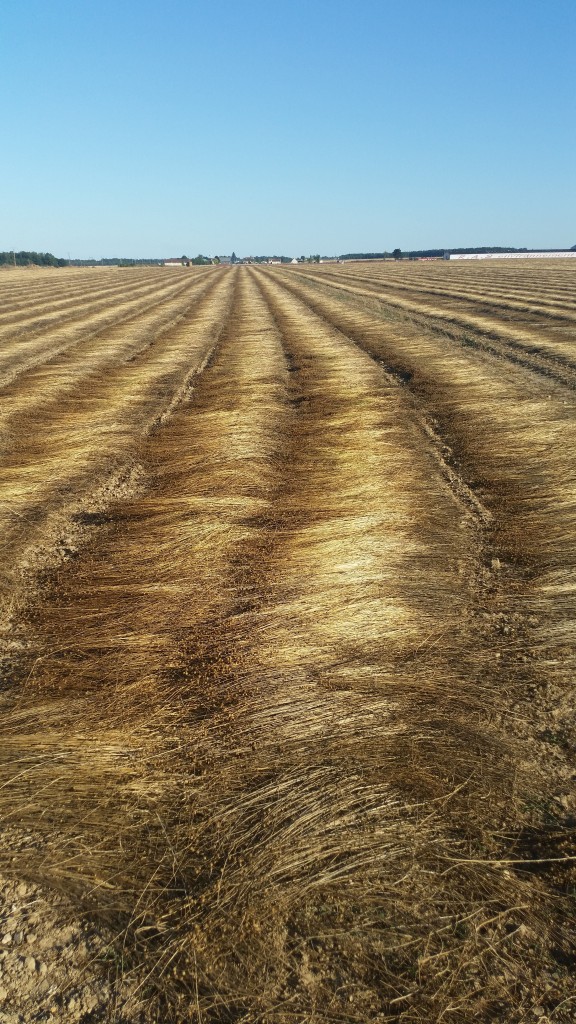
Belgium
80 to 100% of the flax have been gathered. There are big differences in colors but on a whole they are light-colored.
The Netherlands
All of the flax have been gathered. Their retting is good but some of them present defects in colors. The first long fibers yields are around 17-18%.
In the three countries the farmers gave priority to the strength of the flax rather than to the uniformity of colors.
The straw yield is a bit disappointing. It reaches 6 to 6.5 MT in Belgium and in the Netherlands and between 6.5 and 7 MT on average in France.
We expect the hackling and the long fibres yield to be lower than in the 2015 crop and a bigger heterogeneity between the lots.
It was the new moon on September 1st and the weather will probably remain fine until October 1st which represents a risk for the flax remaining on the fields because their diversity will be more and more important. The farmers won’t probably wait a long time to end the operations even if the flax are under-retted because of the reduction in staff during the month of September, because they have some other work to do or afraid to lose part of their crop. This is all the more important since the situation in agriculture is really bad at the time being (bad cereal harvest, trouble in the dairy industry, significant income decrease…)
There will probably be less tows this year than in 2015. On a whole their quality will be lower: poorer, thinner and quite heterogeneous as regards colors.

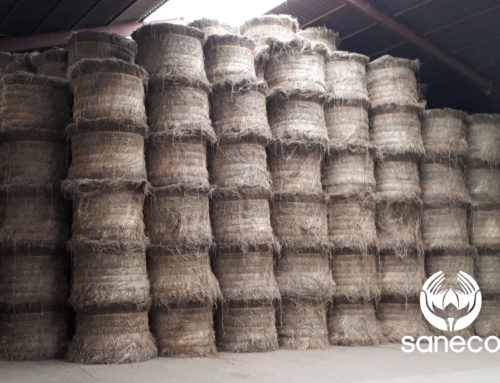
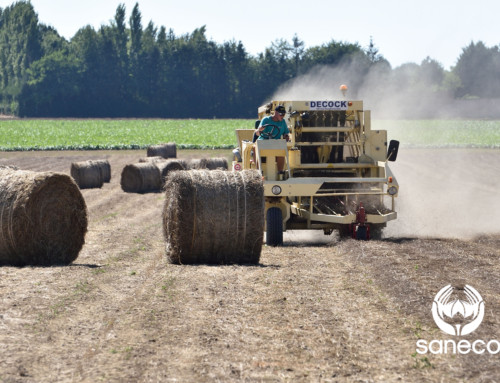
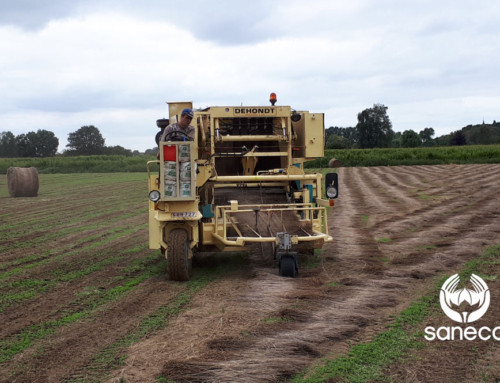
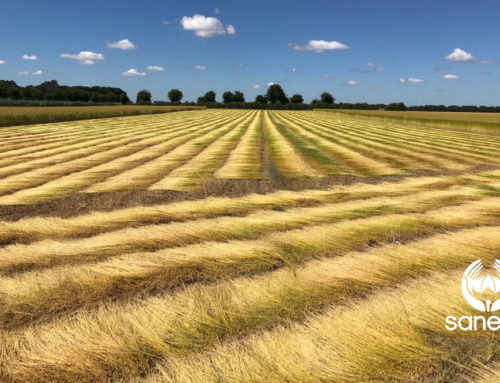
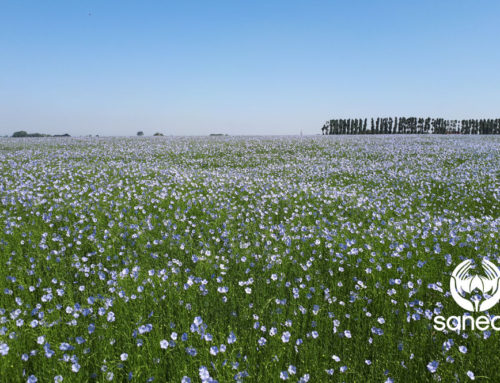




Leave A Comment
You must be logged in to post a comment.